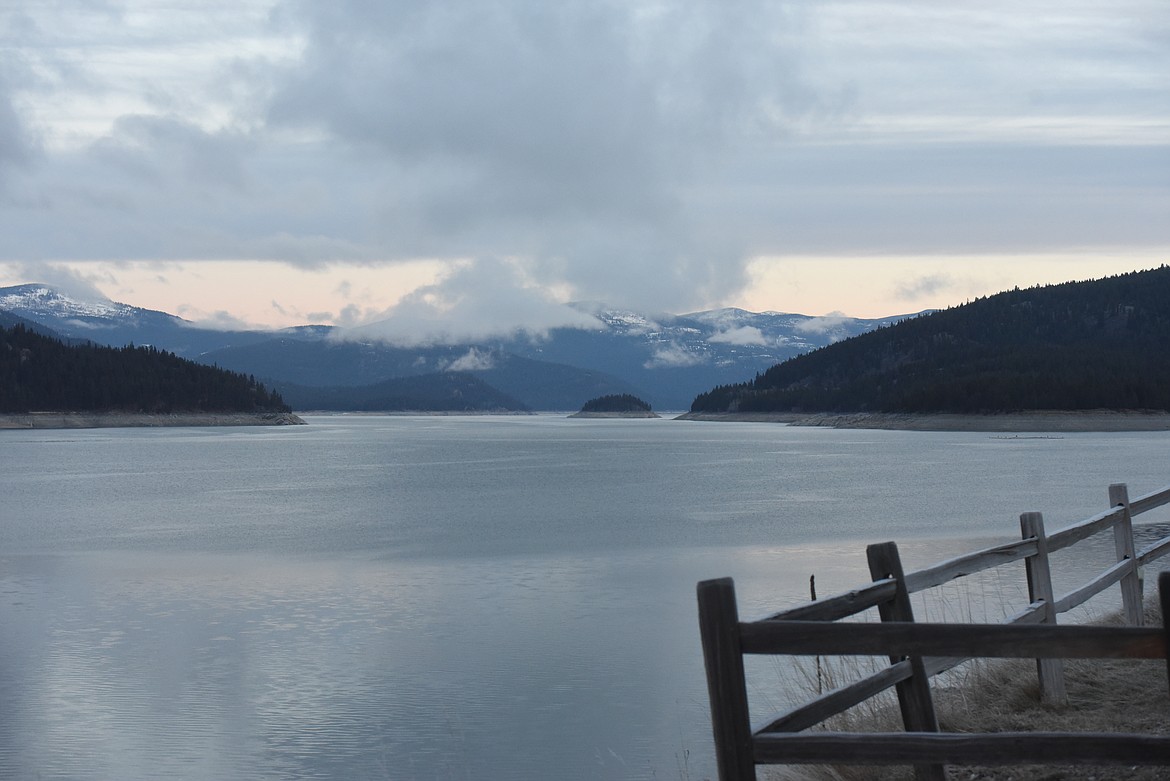Teck opens third B.C. water treatment plant
British Columbia-based Teck Resources Ltd. announced Friday that a third water treatment plant is operational for the coal giant to treat selenium in the upper Fording River of Canada.
The new facility has a daily capacity of treating up to about 5.3 million gallons of water. The company said its water treatment operations remove some 95 percent of selenium and nitrate from waters treated in the Elk Valley.
It drains into Montana’s Kootenai River and Lake Koocanusa, where Montana recently implemented new and contested standards for selenium discharges caused by coal mining.
With a fourth plant in the works, the company so far operates three additional treatment facilities in the Elk Valley for an overall daily capacity now treating up to about 12.5 million gallons, according to the announcement released Friday.
“The completion of this major new treatment facility is an important step forward in ensuring the environment is protected,” Robin Sheremeta, senior vice-president of coal operations, said.
“With this new treatment capacity,” Sheremeta noted, “we expect to achieve one of the primary objectives of the Elk Valley Water Quality Plan: stabilizing and reducing the selenium trend in the Elk Valley.”
The treatment plants arrive on the heels of Teck being ordered last year by Canada to pay $60 million in fines for selenium and calcite discharges into the valley.
Canada’s largest coal operation, meanwhile, has challenged Montana’s newly enacted water quality standards to limit selenium in Lake Koocanusa from Teck’s B.C. mining operations.
The Lincoln County Board of Commissioners downstream in Libby also has objected to the new standards, noting the level approved — stricter than the federal guideline — could come with negative consequences.
Among other arguments, the commissioners say the stricter level remains politically motivated.
In December 2020, the Department of Environmental Quality adopted new site-specific water quality standards for regional selenium, a byproduct of coal mining found at high levels in fish tissue and egg samples on both sides of the Montana-Canada border.
The new levels were sanctioned specifically for the lake and the Kootenai River. The U.S. Environmental Protection Agency approved both standards early last year.
Montana now allows selenium concentrations of 0.8 micrograms per liter in Lake Koocanusa and 3.1 micrograms per liter in the Kootenai River.
The EPA allows states stricter site-specific standards — as is the case for Lake Koocanusa — but maintains a federal recommendation on selenium of 1.5 micrograms per liter for lakes and reservoirs and of 3.1 micrograms for rivers.
Ordered by a state joint resolution, an interim study on the selenium level set for Lake Koocanusa has been mandated to conclude by April 1.
The resolution evoked a collaborative review, including the Lincoln County commissioners, state officials and selenium experts, of data modeling and analysis in implementing the new lake level and whether additional recommendations are needed.
Findings and recommendations, if any, will be sent for state review during the 68th Montana Legislature.
Study findings will also go to the natural resources policy advisor of the Montana governor and the B.C. Ministry of the Environment.

